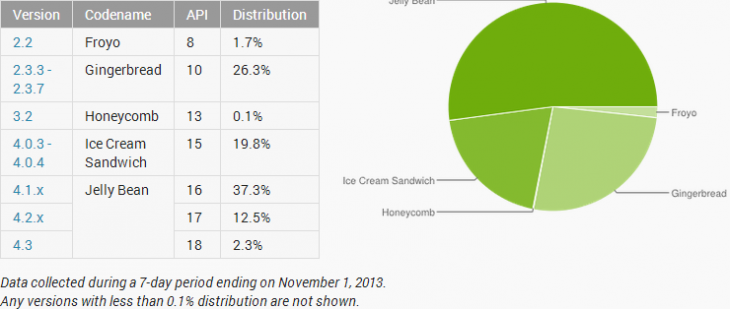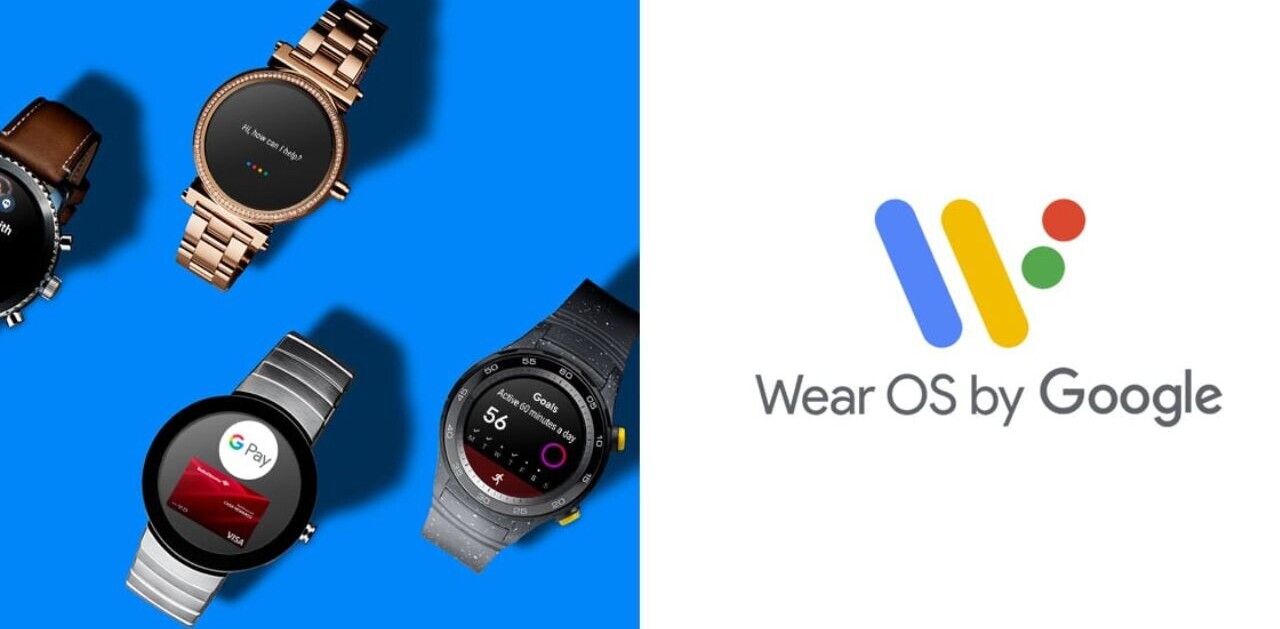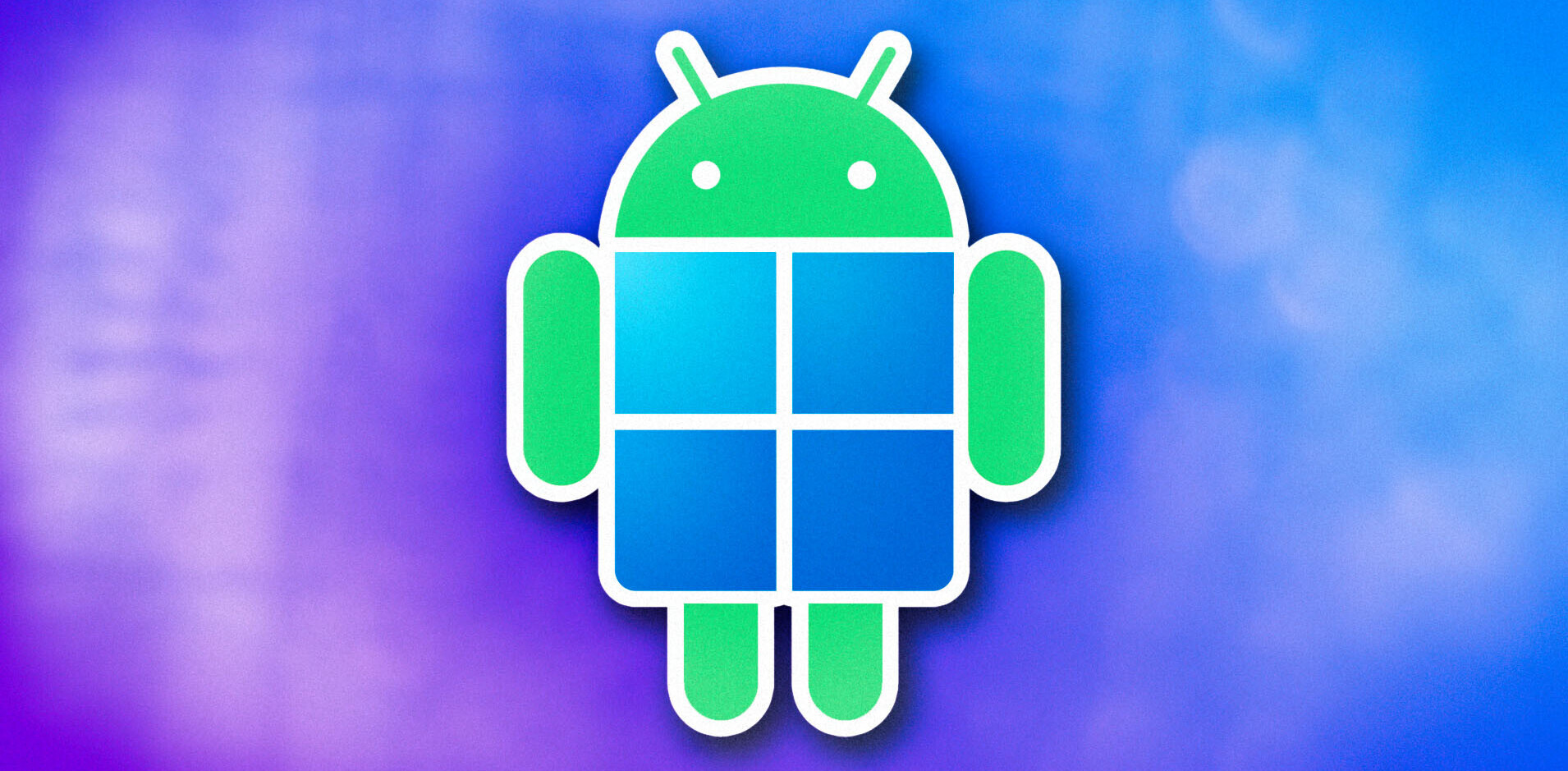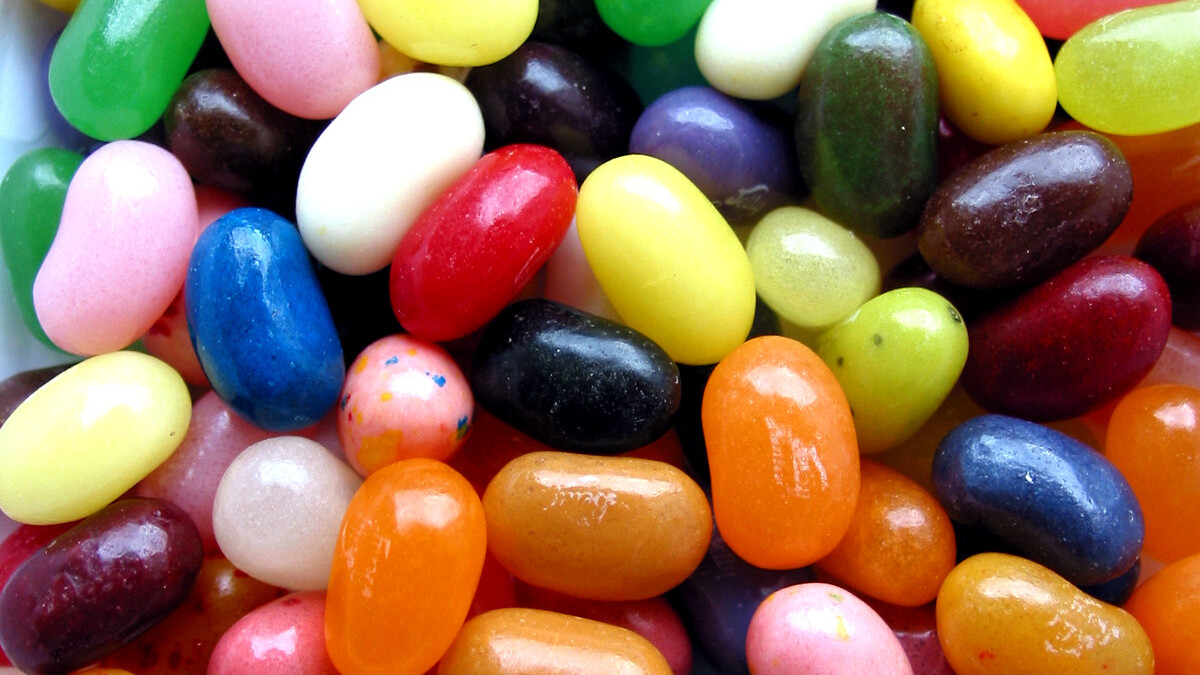
Google today updated its Platform Versions page for Android, revealing that Jelly Bean has finally surpassed the 50 percent mark. Android 4.3, 4.2, and 4.1 are not only still steadily growing, but are now on more than half of devices. All other Android versions, have lost share.
Breaking down the numbers more specifically, 52.1 percent of Android users are using Jelly Bean, 19.8 percent have devices powered by Ice Cream Sandwich (ICS), 0.1 percent are on Honeycomb, 26.3 are stuck with Gingerbread, and 1.7 percent unfortunately still have Froyo. Here’s how the current Android landscape looks in graph and table form:
Android 4.3 grabbed 0.8 percentage points (from 1.5 percent to 2.3 percent), Android 4.2 gained 1.9 percentage points (from 10.6 percnet to 12.5 percent), and Android 4.1 took an additional 0.8 percentage pionts (from 36.5 percent to 37.3 percent). Android 4.0, meanwhile, continued its slow decline: it dropped another 0.8 points (from 20.6 percent to 19.8 percent).
Gingerbread saw the biggest losses, dropping 2.2 points (from 28.5 percent to 26.3 percent), Honeycomb didn’t budge at 0.1 percent, and Froy lost 0.5 percent points (from 2.2 percent to 1.7 percent). Despite all this, the bigger picture hasn’t change: the latest and greatest Jelly Beans (June 2012, November 2012, and July 2013) are first, Gingerbread (released December 2010) is second, ICS (October 2011) is third, and Froyo (May 2010) is fourth.
For reference, here’s the chart from October:
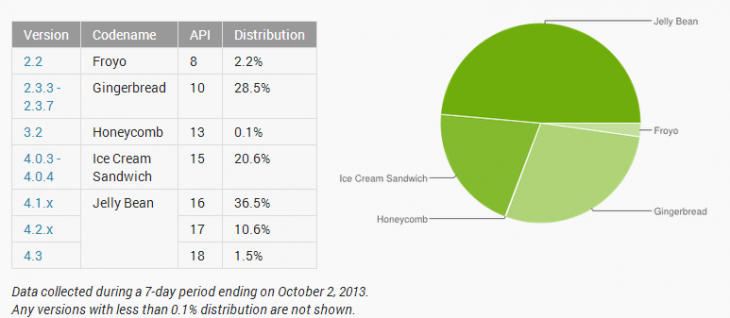
As with all Android adoption numbers, it’s important to emphasize that in April, Google tweaked its algorithm in regards to how it counts users for these figures, measuring when users visit the Google Play Store instead of checking-in to Google servers. The change skews the data by giving an inaccurate picture of Android fragmentation while helping developers target users who are actively using Google Play.
When we wrote about Jelly Bean passing Gingerbread in adoption, we said we hoped that by the end of the year, it would take 50 percent of the pie. That has now happened, but on the heels of Android 4.4 KitKat. Now our gaze turns once again to watch how long it takes the latest version of Google’s mobile operating system to take the crown.
Top Image Credit: Chris Denham
Get the TNW newsletter
Get the most important tech news in your inbox each week.
